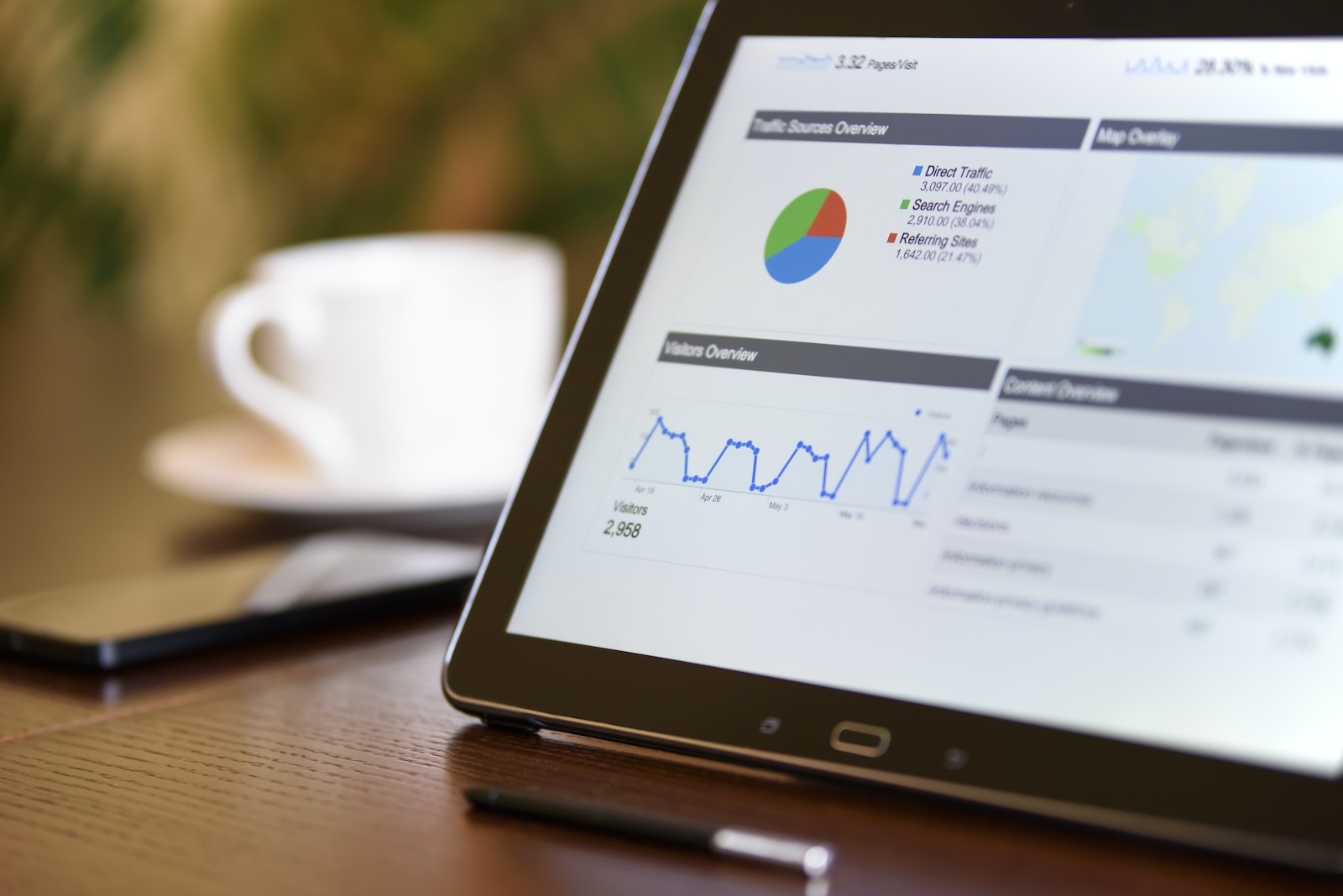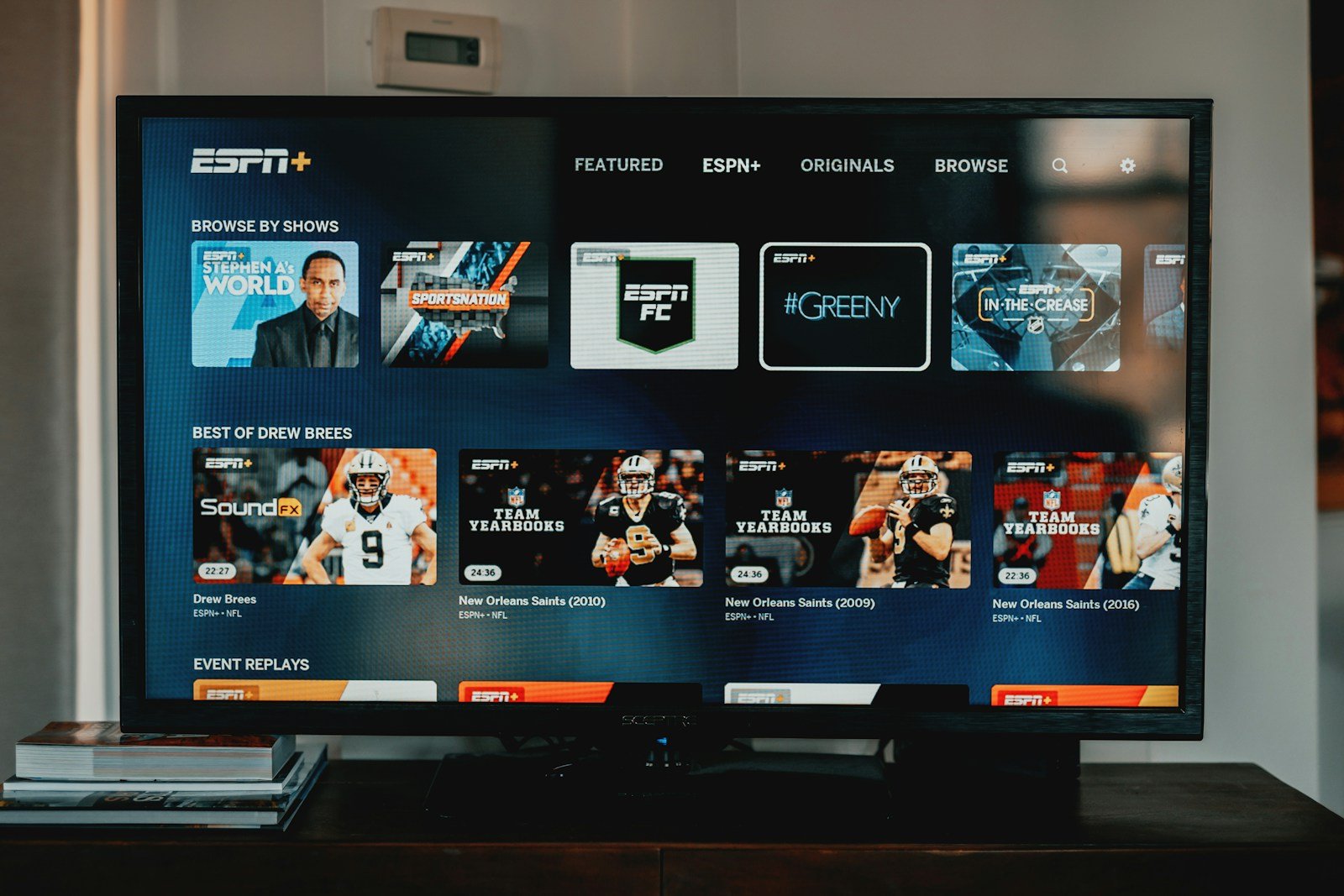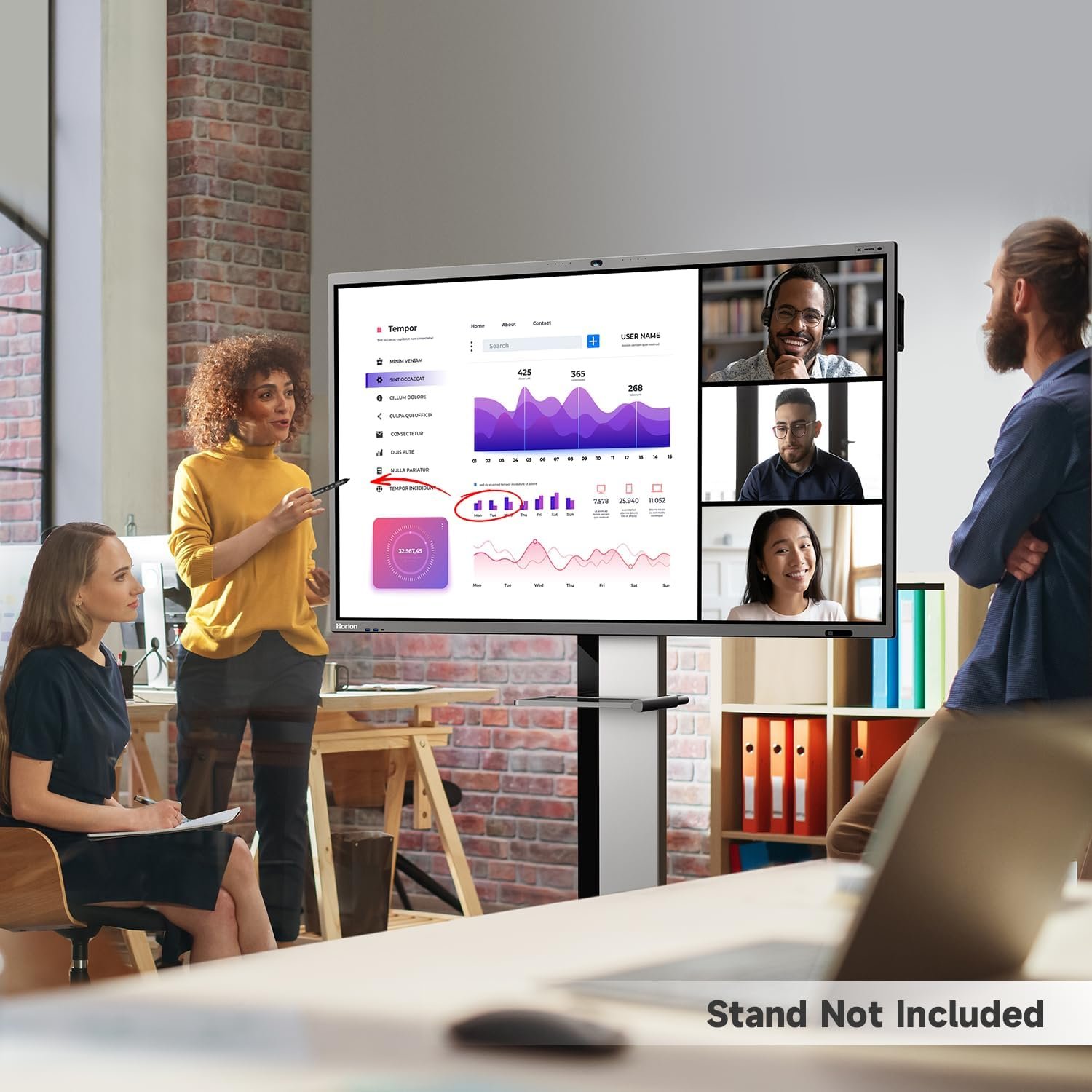You’re about to unveil a world where the power of live streaming will truly come alive! “Successful Metrics for Live Streaming Events” is the definitive guide on how to measure success for your event live streams. This article sheds light on essential metrics guaranteed to capture the pulse rate of your online audience engagement and streamline your digital experience. Be ready to explore the best practices that will fine-tune your streaming endeavors, transforming them into a spectacle of astounding success.

Ready to Elevate Your Live Event Streaming? Talk to Us Now!
Understanding Live Streaming Metrics
Welcome to the world of live streaming! Just like any other field, making sense of live streaming takes a bit of learning. One area that you’ll need to understand is live streaming metrics.
Definition of Live Streaming Metrics
Live streaming metrics are a set of quantifiable measurements used to analyze the effectiveness and success of your live streams. They touch on various aspects like viewer characteristics, content quality, revenue generation, and many more. While the specific metrics you focus on may vary, having a grasp of the vital stats can give you a more significant insight into your streaming success.
Importance of Tracking Live Streaming Metrics
Why should you care about live streaming metrics? Well, they provide invaluable insight into your audience. With these metrics, you can gauge the popularity of your content, determine what’s working, identify areas of improvement, and better understand your viewer behavior. They help you understand your overall effectiveness and can inform strategic decisions to boost success in the future.
Interpreting Live Streaming Metrics
Interpreting live streaming metrics goes way beyond simply looking at numbers. You need to delve deeper, correlating the metrics and figuring out how they interact with each other. Understanding what each metric represents and how it impacts your live stream gives you a clearer picture of your progress levels.
Audience Metrics
Let’s dive right in starting with the audience metrics.
Total Viewers
Total viewers metric is the overall number of people who viewed your live stream. Knowing this figure helps you understand the reach of your content and can be an indicator of your success.
Unique Viewers
Unique viewers are different; they represent the number of distinct individuals who watched your live stream. This metric helps you understand how many different people you’re attracting with your content.
Geographic Location of Viewers
The geographic location of viewers metric gives you insight into where in the world your viewers are located. This can be important for timing your live streams or tailoring your content to a particular audience.
Device Type used by Viewers
Knowing the device type used by viewers can help you optimize your live streams. If most of your viewers are tuning in via mobile, for example, you’ll want to ensure your streams are mobile-friendly.
Want a Flawless Live Event Streaming Experience? Let’s Make It Happen!
Engagement Metrics
Next, let’s talk about engagement metrics, which indicate how viewers are interacting with your live stream.
Chat Engagement
Chat engagement involves the number of comments, likes, and reactions on your live chat feature. It’s an excellent indicator of real-time viewer interaction.
Social Shares and Likes
The number of social shares and likes shows you how much your content resonates with viewers enough that they want to share it on their social platforms.
Comments and Feedback
Viewer comments and feedback can provide qualitative and quantitative insight into audience thoughts and feelings about your streams.
Polling and Survey Metrics
Polls and surveys can gather viewer feedback in a structured format, with metrics offering insight into viewer opinions and preferences.
Content Metrics
Content metrics primarily concern the performance and impact of the live stream content itself.
Views over Time
Views over time involve how many views you accumulate over a specific period, offering insight into the longevity and continued relevance of your content.
Peak Concurrent Viewers
Peak concurrent viewers is the maximum number of viewers watching your live stream at the same time. It’s often at peak moments of your broadcast or during crucial content moments.
Minutes Watched
The total minutes watched metric shows how long viewers are staying engaged with your content. The longer the minutes watched, the more engaging your content is.
Video Starts
Video starts represent the number of times your broadcast was played. High video starts could signify interesting content, resulting in more plays.
Video Completion Rate
Video completion rate is the percentage of viewers who watched your broadcast from beginning to end. A high completion rate suggests that your stream was captivating enough to retain viewers.

Quality of Experience Metrics
Quality of experience metrics reflect how smoothly your live stream runs from a technical standpoint.
Buffering Rate
Buffering rate involves how often viewers endure buffering during your live stream. High buffering rates can deter viewers and reduce overall viewer satisfaction.
Video Start Failure
Video start failure represents the number of times your video failed to start for a viewer. It’s a critical metric to track as it could lead to viewer drop-off.
Average Bitrate
The average bitrate reflects the quality of the video broadcast. A higher bitrate typically offers higher video quality, resulting in a better viewer experience.
Video Play Time
Video playtime refers to the total amount of time your content was viewed by all users. Longer playtimes reflect higher viewer engagement levels.
Monetization Metrics
Monetization metrics reflect the revenue generated from your live streams.
Revenues from Advertisements
Ad revenues represent money coming from displaying ads during your live stream. It’s a key metric if advertisements are a significant part of your revenue strategy.
Pay-Per-View Purchases
The number of pay-per-view purchases reflects how many people chose to pay to access your exclusive live stream. It’s an excellent measure of how much value your viewers see in your content.
Subscription Sign-Ups
Subscription sign-ups show how many viewers decided to subscribe for recurring content access. The more sign-ups you receive, the more consistent your revenue stream could be.
Donation and Tip Counts
Donation and tip counts allow you to track any voluntary viewer contributions made during your streams. They can indicate viewer valuation and enjoyment of your content.
Concurrency Metrics
Concurrency metrics help you understand the simultaneous viewer engagement on your live stream.
Number of Concurrent Viewers
The number of concurrent viewers is essentially how many people are watching your live stream at the same moment. It’s an excellent measure of the immediate popularity of your content.
Average Session Length
Average session length gives you a glimpse into how long viewers typically spend on your live stream each time they tune in. Longer sessions usually suggest more engagement.
Frequency of Viewership
Frequency of viewership shows how often viewers come back to watch your streams. The higher the frequency, the more loyal and engaged your viewer base is likely to be.
Time Watched per Session
Time watched per session represents the amount of time a viewer typically spends watching your live stream in a single visit. Watching for longer durations usually means your content is engaging and holds the viewer’s attention.
Marketing Metrics
Marketing metrics help you understand the effectiveness of your promotion efforts for your live stream.
Click-Through Rate
Click-through rate represents the percentage of viewers who clicked on a specific link or call to action. A high click-through rate usually means that your promotional materials are compelling.
Conversion Rate
The conversion rate reflects the percentage of viewers who take a desired action after watching your live stream. Higher conversion rates indicate more effective marketing or more compelling calls to action.
Retention Rate
The retention rate is the percentage of viewers who return to watch your stream again. A high retention rate is an indicator of viewer satisfaction and the appeal of your content.
Multi-Channel Attribution
Multi-channel attribution involves tracking which promotional channels are driving viewers to your live stream. This metric can help you understand where to focus your promotional efforts.
Viewer Acquisition and Retention Metrics
Viewer acquisition and retention metrics help you understand how you’re gaining and maintaining your audience.
New vs. Returning Users
Comparing new versus returning users can show you how well you’re attracting new viewers while maintaining your current viewer base.
Source of Traffic
The source of traffic reveals where your viewers are coming from, be it social media, search engines, or direct visits.
Drop-Off Points
Understanding where viewers are dropping off, or at what point they stop watching your live stream, can help you pinpoint weaker content areas to improve upon.
View-Through Rate
The view-through rate shows you the percentage of viewers who watch a significant portion, if not all, of your live stream. The higher the rate, the more appealing your content is likely to be to your audience.
Using Metrics for Strategic Planning
Metrics shouldn’t just be numbers; they should inform strategic decisions for future live streaming success.
Insight Generation from Metric Data
Knowing how to generate actionable insights from metric data is crucial. Look for trends, patterns, and correlations between various metrics to get a full picture of your live stream’s performance.
Adjusting Strategy based on Metrics
Based on your insights, you may need to adjust your strategy. For instance, if viewership drops during particular content segments, you might need to revise that content or presentation style.
Forecasting and Predicting Future Metrics
Metrics can also be helpful for forecasting and predicting future performance. Patterns in your data can guide expectations and help set targets for upcoming streams.
Continuous Benchmarking
Finally, use your metrics for continuous benchmarking. Compare your performance to past streams, industry standards, or competitor streams to set goals and track growth. Remember, metrics are just tools; your overarching goal should be to create engaging, high-quality content for your viewers. Happy streaming!
Dreaming of a Perfect Live Event Streaming? We’re Just a Click Away!







